Frank Blum – Boost production to keep S.C. seafood industry afloat
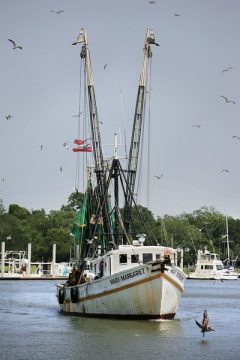 Where did, where does, where will your seafood come from? The year 1995 was a pivotal point for South Carolina seafood production. From 1950 to 1995 the average landings of seafood was 19.5 million pounds annually. Over the last 12 years the landings have averaged about 11.0 million pounds — a decrease in production of 43 percent. Average 2014 dollars per year to producers 1950 to 1996 were $38.7 million, and from 2003 to 2014 were $22.7 million. This is a decrease in revenue of 41 percent. Today 90 percent of all seafood consumed in the U.S. is imported. Here in the Lowcountry of South Carolina our consumption of imported seafood is somewhat less than this 90 percent because of our direct access to the ocean. Low-cost imports, consisting of 50 percent aquaculture, were major players in pushing many South Carolina watermen out of the seafood business by drastically undercutting their prices. Wild shrimp producers were hurt the most by low-priced imports. One quarter of all seafood consumed in the U.S. is shrimp. Read the rest here 09:58
Where did, where does, where will your seafood come from? The year 1995 was a pivotal point for South Carolina seafood production. From 1950 to 1995 the average landings of seafood was 19.5 million pounds annually. Over the last 12 years the landings have averaged about 11.0 million pounds — a decrease in production of 43 percent. Average 2014 dollars per year to producers 1950 to 1996 were $38.7 million, and from 2003 to 2014 were $22.7 million. This is a decrease in revenue of 41 percent. Today 90 percent of all seafood consumed in the U.S. is imported. Here in the Lowcountry of South Carolina our consumption of imported seafood is somewhat less than this 90 percent because of our direct access to the ocean. Low-cost imports, consisting of 50 percent aquaculture, were major players in pushing many South Carolina watermen out of the seafood business by drastically undercutting their prices. Wild shrimp producers were hurt the most by low-priced imports. One quarter of all seafood consumed in the U.S. is shrimp. Read the rest here 09:58


































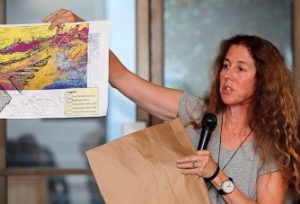




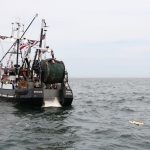

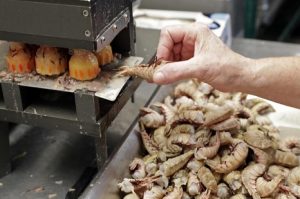

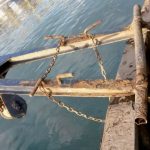



Giving fishermen more quota is the answer. Not aquaculture. That’s the govt’s way of buying off fishermen n people who have never fished a corporate opportunity to put more hard working boats out of business. It is time to tell the federal govt that out states have the right to implement their own quotas. Under the Obamacare ruling, the Commerce Clause was upheld which legally gives all states the right to REFUSE to implement Federal regulation without any repercussions and monetary punishment to that state. We have a constitutional right to harvest our Natural Resources. It’s called the 10th Ammendment. I’m sorry to disagree with Mr Blum, but putting our fisherman back to work with flexible catch quotas and stock flexibility is the only real answer. I’m not talking about the shellfish community. They are grown n harvested in their natural habitat. But growing shrimp n fish in dirty fishbowl like containment areas is destructive to the environment. Just look up National Geographic’s article on Chile salmon farms n Men’s Health magazine, “The Trouble with Salmon”. Just think where talapia comes from. Almost 99% of it is farmed. Thrown in harvested salmon pens eating n growing on rotting salmon carcasses and fecal matter at the bottom of the harvested pen. Yum!!! Buy only local wild caught or US wild caught seafood. Only then will we eliminate the import issue.